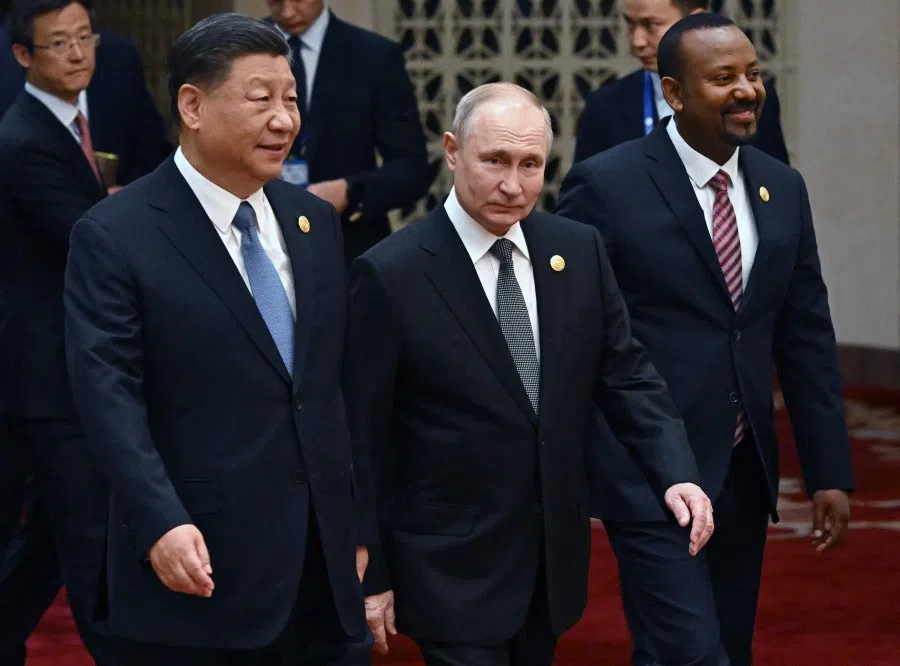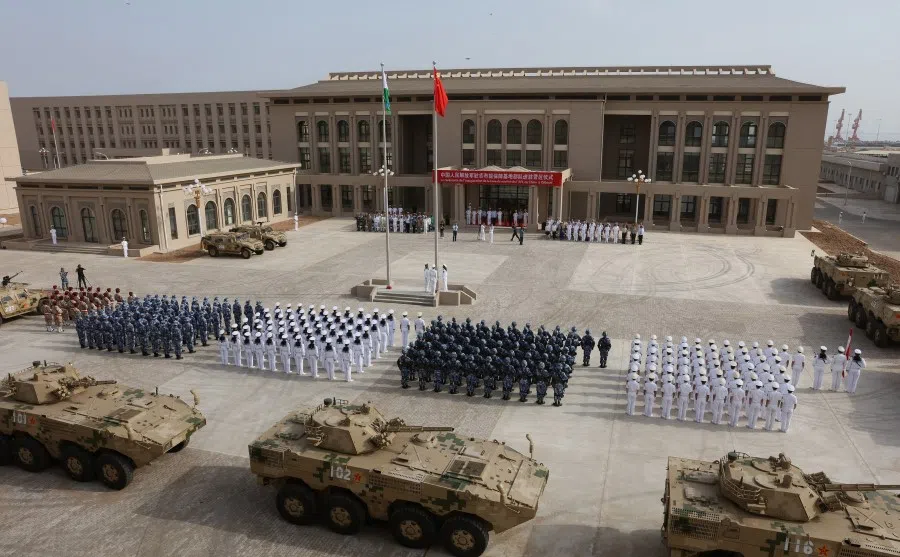China's ten-year BRI faces questions and challenges
As China's Belt and Road Initiative marks its tenth year, Japanese academic Shin Kawashima takes a look at how the BRI has progressed, its overall impact on the countries where it has been implemented, as well as the challenges it faces in the road ahead.

The third Belt and Road Forum marking the tenth anniversary of the Belt and Road Initiative (BRI) was held in China on 17 and 18 October 2023. Although Russian President Vladimir Putin was in attendance, the number of world leaders gathered declined from 36 at the previous forum in 2019 to 24 this year.
These numbers meant that the 3rd Plenary Session to decide economic policy could not be held, and it was not possible for the forum to set specific goals. The presence of Putin, who is currently waging a war in Ukraine, also invited critical voices, especially from Western countries. Nevertheless, as Chinese President Xi Jinping emphasised, it is true that the BRI has brought great results to China over the past ten years.
BRI results
First, the BRI was positioned as a means to implement a new type of international relations, a new international order advocated by the Xi Jinping administration. The BRI has enabled nations to strengthen their economic relationships with countries around the world, forming the basis of a new type of international relations. Trade between countries along the BRI and China has increased, and China's external trade has become less dependent on developed countries. China has now become the major trading partner for most countries in the world.
The "debt trap" is seen as a problem, but when asked if there is an alternative other than China, it is difficult to answer. There are certain reasons why underdeveloped countries rely on funds from China.

Second, China has become a provider of infrastructure construction funds for the world's underdeveloped countries. In particular, after the Global Financial Crisis, when developed countries and international organisations were unable to finance infrastructure construction in underdeveloped countries, money from China became an important source of funds.
The "debt trap" is seen as a problem, but when asked if there is an alternative other than China, it is difficult to answer. There are certain reasons why underdeveloped countries rely on funds from China.
Third, while the BRI appears to be an economic project, it also has political and security aspects, and it has brought considerable results to China in these areas as well. Pipelines from Myanmar and Central Asia, securing management rights to large ports on the Indian Ocean coast, and construction of a military base in Djibouti have all contributed to a stable supply of energy.
Furthermore, strengthening connectivity across Eurasia will lead to resilience against economic blockades from the sea. It can be said that countries are preparing themselves to be able to respond to emergencies in the East China Sea and South China Sea.
China is expected to invest money in large-scale infrastructure - wouldn't China's decline in funding foster a mismatch between demand and supply?
Harder to meet expectations
However, the BRI has changed significantly over the past ten years, and there are many challenges ahead. First, the amount of Chinese investment has decreased significantly since its peak in the late 2010s. China is currently trying to shift from quantity to quality, using slogans such as "Quality infrastructure" that were previously used by developed countries such as Japan. However, China is expected to invest money in large-scale infrastructure - wouldn't China's decline in funding foster a mismatch between demand and supply?

Second - and related to the first point - China's BRI has been of great significance in building infrastructure in underdeveloped countries. However, China is now faced with the big question of what kind of attractive projects it can offer to countries with per capita GDP exceeding US$10,000. Things like roads, airports, ports, railways, parliament buildings, and soccer fields are basically well developed in these countries, so what can China offer to countries that desire advanced high-tech technology?
Besides, there are voices within China questioning why it is giving so much aid and support to other countries when its own economy is slowing.
Third, there is the issue of how to overcome the fact that the BRI's reputation is not necessarily good, due to the "debt trap" issue and scepticism about China's win-win assertions about BRI projects. Besides, there are voices within China questioning why it is giving so much aid and support to other countries when its own economy is slowing.
Problem with project formulation
Under these circumstances, China must formulate focused projects while accepting criticism both domestically and internationally. We would probably see more digital infrastructure construction and environmental projects. However, the problem is project formulation, whereby an investment decision is made through the systematic development of a project idea.
Project formulation for China's foreign aid and investment is not necessarily carried out by aid agencies or the Export-Import Bank of China, but is often carried out on a corporate basis. Will it be possible to create a substantial number of development projects that emphasise quality and with a more targeted area of focus?
China will have to resolve many issues in its future development of the BRI, not only in terms of aligning it with the needs of its domestic economy and population, but also in terms of its decisions on provision of foreign aid and investments.



![[Big read] China’s 10 trillion RMB debt clean-up falls short](https://cassette.sphdigital.com.sg/image/thinkchina/d08cfc72b13782693c25f2fcbf886fa7673723efca260881e7086211b082e66c)

